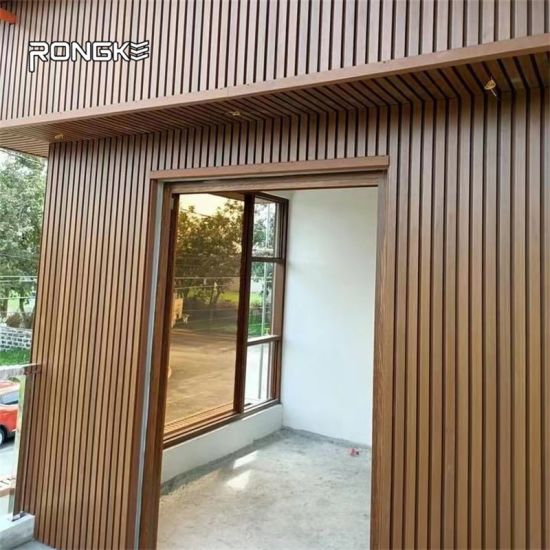There’s no point in having a deck if it’s always wet and waterlogged. That’s why you need to invest in composite decking, which can protect your deck from sun, rain, and water damage year-round. This guide covers everything you need to know about boat composite decking so you can find the right material for your boating lifestyle. Then, use this decking guide to install and maintain your new composite decks!
Reasons why waterproof decks are important
Waterproof decks not only look better, but they perform much better as well. It is recommended that you apply an impregnating product prior to staining or sealing your deck. This will help ensure your new deck finish lasts longer and more importantly that it won’t get wet! If you do not take preventative measures, then water will eventually permeate through your new stain or sealer, causing damage and wood rot. Ideally you want a waterproof coating on your boat composite deck because it helps keep moisture out of the wood and prevents warping, rotting and peeling. Because of its strong outer core laminate construction, Boat composite decking is extremely durable so it’s very easy to clean even when completely soaked.
Types of waterproof materials
There are several different types of materials that can make your boat deck waterproof. These include epoxy-based coatings and sealers, as well as rubberized waterproof membranes. Choosing between them all depends on a number of factors, but we’ll start with some basic background information. Epoxy-based materials are top coat products used for sealing over whatever type of substrate is already in place. These could be fibreglass, wood or aluminum decks. Rubberized waterproof membranes serve as an additional layer in addition to what may already be present on your boat’s deck surface (fibreglass, paint, gelcoat etc.). They are install after all repairs have been made and you’re ready to keep water out permanently.
Things to consider before installing water-resistant decking
With boat composite decking, it’s important that you consider how your deck will be used. Boating and outdoor areas are two of the top reasons to use composite decking. However, if you plan on using your boat every day or often have large gatherings on your dock where people are getting wet or wearing shoes on your dock, then a water-resistant or waterproof option is best. If you’re not sure what material to use in order to stay dry during rainstorms, check out our Top Tips for Choosing Waterproof Composite Decking for more information. For example, if you decide on using Trex marine board for your boat composite decking needs, here’s an overview of how to install it properly: Deck Preparation: Clean off any loose debris and sand any rough surfaces so that they are smooth. This is crucial because improper preparation can cause moisture damage when installing marine board. (Moisture damage isn’t cover under warranty.) Also, make sure that all boards lay flat with no gaps between them. So there’s no chance for moisture to collect beneath them and cause future damage.
Types of water resistant materials
Three types of water-resistant materials include treated wood, synthetic wood and plastic composite. Treated wood is susceptible to rot, but it’s an affordable option. Synthetic wood resists water and makes a great outdoor flooring material. But it’s not suitable for decks that are exposed to direct sunlight because it gets hot underfoot in warm weather. Plastic composite doesn’t corrode or warp and keeps your deck cool in all kinds of climates. It’s durable enough for extreme use as well as easy on your pocketbook. It costs less than $2 per square foot wholesale. So you won’t have to worry about wear-and-tear damage on your budget like you might with treated wood or synthetic decking materials.
How to install your water-resistant boardwalk
Water-resistant boardwalk tiles are ideal for a wide range of outdoor applications. Most important, they protect surfaces from moisture while still allowing water drainage. Depending on your needs, however. You may need to install a structural subfloor underneath your composite decking to prevent warping or curling over time. See how it’s done below!

how to get motilium without a prescription – buy flexeril generic purchase cyclobenzaprine generic